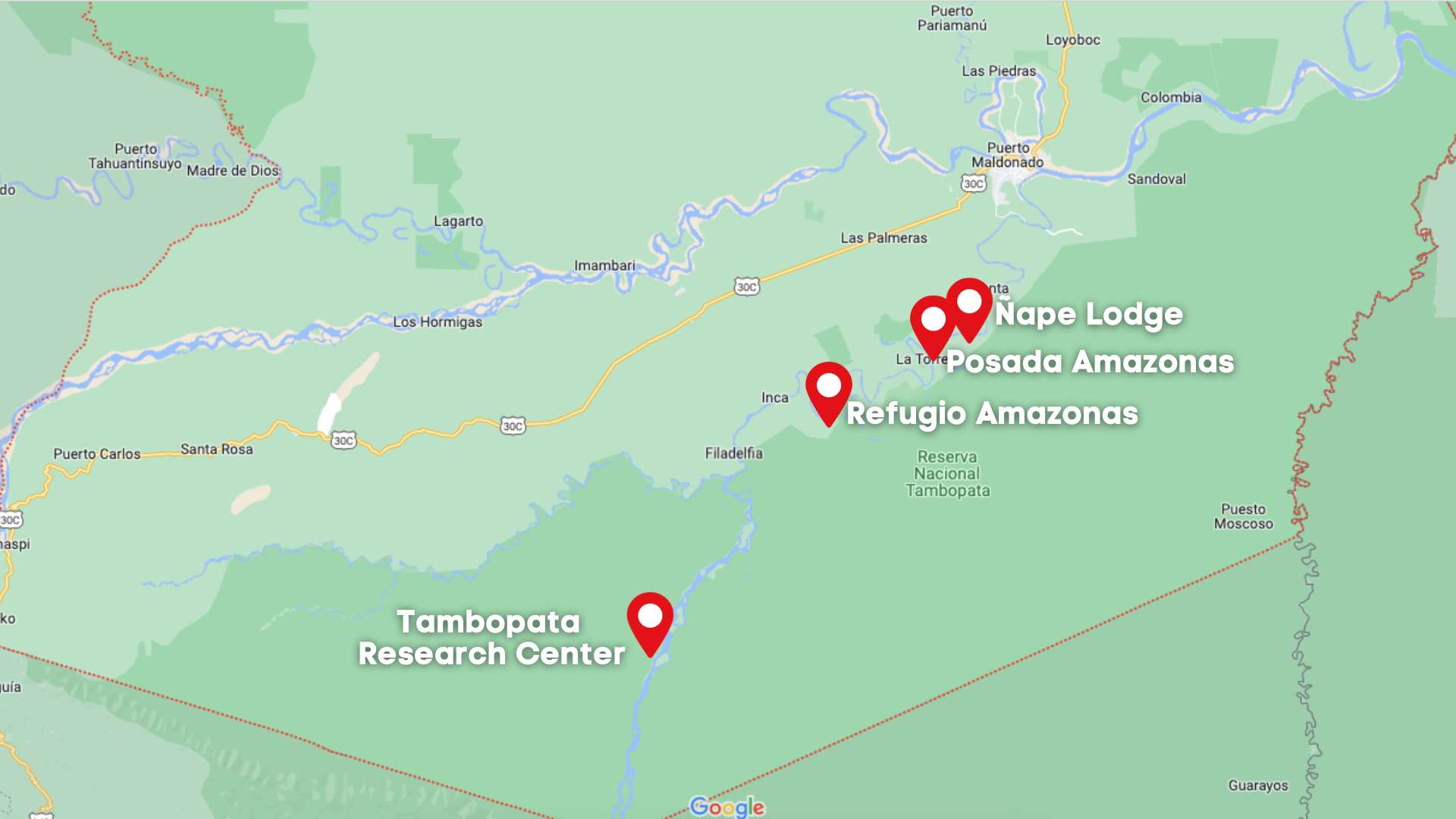
Humans, in our modern form, have been around for 200,000 years, and yet, the number of species discovered to date is 1.9 million, with an estimated many million to go.
For you though, the best part is that those remaining are in the Amazon!
If you want to participate in building the most comprehensive library of lifeforms on the planet, this is your chance.
To get the genetic support we’re using a technique known as Barcoding, for this, we’re working with Guelph University located in Ontario Canada because they’re running a massive international project called Bold which means “Barcode of Life Database”. The International Barcode of Life (IBoL) is building a DNA-based identification system that catalogs every living being in existence.
Their vision is to achieve bio-literacy by furthering our capabilities to the extent that we can instantly identify any living organism - plant, animal, or insect - using a DNA barcode library. Rainforest Expeditions has two projects in Tambopata that are major contributors to bio-literacy, cataloging the world’s rarest insect species.
On every expedition with our Wired Amazon tropical biologists, you have an opportunity to trap and discover a new species of insect and study its appearance, sex, sexual reproduction characteristics, life stage, and other attributes. Your sample is submitted directly to IBoL to help increase bio-literacy. The amount of unexplored life out there is unimaginable - with our team discovering one new species every month. Imagine what we could do with your help!
Team up with our experts in search of new species and get a chance to name a species yourself! Let’s increase global bio-literacy - one discovery at a time.

August 15, 2024
Discovered by Andrew Skinner & Valerie Skinner
August 13, 2024
Discovered by Natalia Belyi, Andrei Belyi and Matilde Ramirez
August 13, 2024
Discovered by Barbara Kruton
January 1, 2019
discovery named in honor of Francis Walker
January 1, 2021
discovery named in honor of the Gordon and Betty Moore Foundation
January 1, 2020
discovery named after Sir David Frederick Attenborough
January 1, 2020
discovery named in honor of Frans Lanting
January 1, 2020
discovery named in honor of Christine Eckstrom
January 1, 2020
discovery named in honor of Carlos Ponce del Prado
January 1, 2018
discovered by Adam Julian and Aaron Edward
January 1, 2018
discovered by Dileep Sandeepan